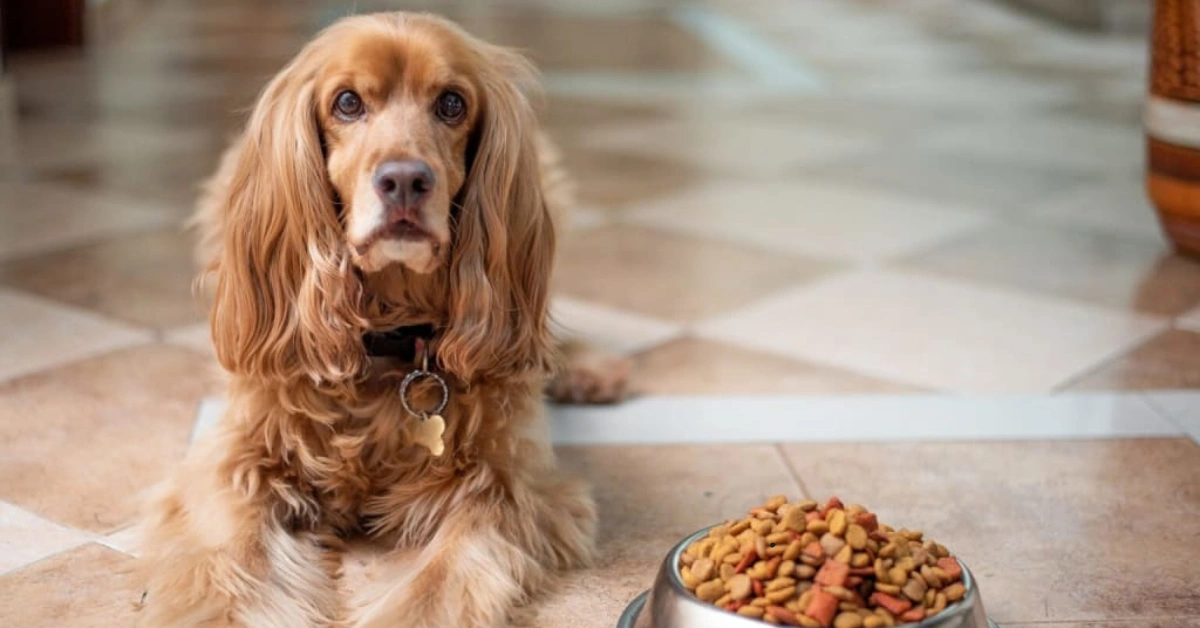Introduction to how long dogs can go without food
As a devoted dog owner, you might wonder just how long can dogs go without food. It’s a question that pops up when faced with unexpected circumstances, whether it’s due to illness, travel, or even just stubbornness over dinner time. While dogs are quite resilient creatures, their nutritional needs are crucial for maintaining their energy and overall well-being. Understanding how long can dogs go without food is vital for any pet parent. Let’s dive into the factors influencing your dog’s appetite and what you need to know about keeping them healthy and happy!
Factors that affect a dog’s ability to go without food
Several factors influence how long a dog can survive without food. Age is significant; puppies and senior dogs may struggle more than healthy adults.
Health conditions also play a vital role. Dogs with underlying issues like diabetes or kidney disease often require regular meals to maintain stability.
Size matters too; larger breeds might endure longer periods of fasting compared to smaller ones, whose metabolisms work differently.
Activity level affects their energy needs as well. An active dog burns more calories and requires consistent nourishment, while less active dogs may manage short fasts better.
Stress impacts appetite significantly. Changes in environment or routine can lead to temporary loss of interest in food, affecting their overall wellbeing during tough times.
How much food does a dog need per day?
The amount of food a dog needs daily can vary widely based on several factors. Size, age, activity level, and breed all play significant roles in determining their dietary requirements.
Generally, small dogs may need around 1 cup of food per day. Larger breeds might require anywhere from 3 to 5 cups or more. Puppies often have different needs too; they usually consume more calories relative to their weight as they are growing rapidly.
Choosing high-quality dog food is crucial. Look for options that provide balanced nutrition tailored to your dog’s age and size. Monitoring body condition can help you adjust portions accordingly.
Always consult with your veterinarian when assessing your pet’s specific needs. They can offer personalized advice based on health status and lifestyle factors that affect diet choices.
Signs that your dog may not be eating enough
If your dog isn’t eating enough, their behavior might change in noticeable ways. Keep an eye out for sudden lethargy. A playful pup may become a sleepy shadow.
Weight loss is another sign to watch for. If you notice that collar fitting looser or those ribs starting to show, it’s time to investigate further.
Changes in bathroom habits can also indicate dietary issues. Less frequent bowel movements or smaller stools can suggest insufficient food intake.
Additionally, pay attention to their coat condition. A dull and dry coat often reflects nutritional deficiencies.
Vocalizations can hint at hunger too; increased whining or begging could signal your furry friend is not getting enough meals throughout the day.
Being attentive to these signs will help ensure your pup stays healthy and happy.
Potential health consequences of not feeding your dog regularly
Not feeding your dog regularly can lead to serious health issues. Dogs rely on consistent nutrition for energy, growth, and overall well-being. When they are deprived of food, their bodies start to use stored fat for fuel.
This process might sound harmless but can quickly escalate into malnutrition. Weight loss is often the first visible sign that something is wrong. A malnourished dog may also become lethargic and less active.
Additionally, a lack of proper nutrients affects vital organs like the heart and liver. Long-term neglect in feeding can result in severe gastrointestinal problems as well.
Behavioral changes are common too; anxious or stressed dogs may develop food aversions or aggressive behavior during meal times. Regular meals create stability in their lives, promoting both physical and mental health.
Tips for encouraging a picky eater to eat
Dealing with a picky eater can be frustrating. Start by assessing the food you offer. Sometimes, switching brands or flavors makes a difference. Dogs have their preferences just like us.
Try warming up the food slightly. This enhances aroma, making it more appealing to your pup’s senses.
Consider mixing in wet food or broth with dry kibble. The added moisture and taste can entice even the fussiest of eaters.
Establish a feeding routine as well. Set specific mealtimes and avoid leaving food out all day. A consistent schedule helps create hunger cues.
Don’t forget to limit treats between meals; too many snacks can spoil their appetite.
Patience is key. Encourage them gently without pressure, allowing them to explore different textures and tastes at their own pace.
Conclusion: Proper nutrition is essential for a happy and healthy pup
When it comes to your dog’s well-being, proper nutrition plays a crucial role. Dogs thrive on balanced diets that meet their unique needs. Without regular meals, they risk facing various health issues and discomfort.
Understanding how long dogs can go without food is vital for every pet owner. Factors such as age, weight, and overall health all influence this timeline. It’s essential not only to know the signs of hunger but also to be proactive in ensuring your dog receives its required nutrients daily.
A healthy diet contributes significantly to your pup’s happiness and longevity. Providing consistent nourishment helps maintain energy levels, supports a robust immune system, and fosters emotional stability.
If you notice your furry friend becoming picky or refusing food altogether, addressing these changes promptly will ensure their ongoing health. Making mealtime enjoyable through creativity can encourage even the most discerning eaters to indulge.
Your dog’s quality of life hinges on proper care and attention—including adequate nutrition—so stay informed and attentive!
Find out how Keezy & Co. is revolutionizing marketing in our post on Luther Social Media Maven.


